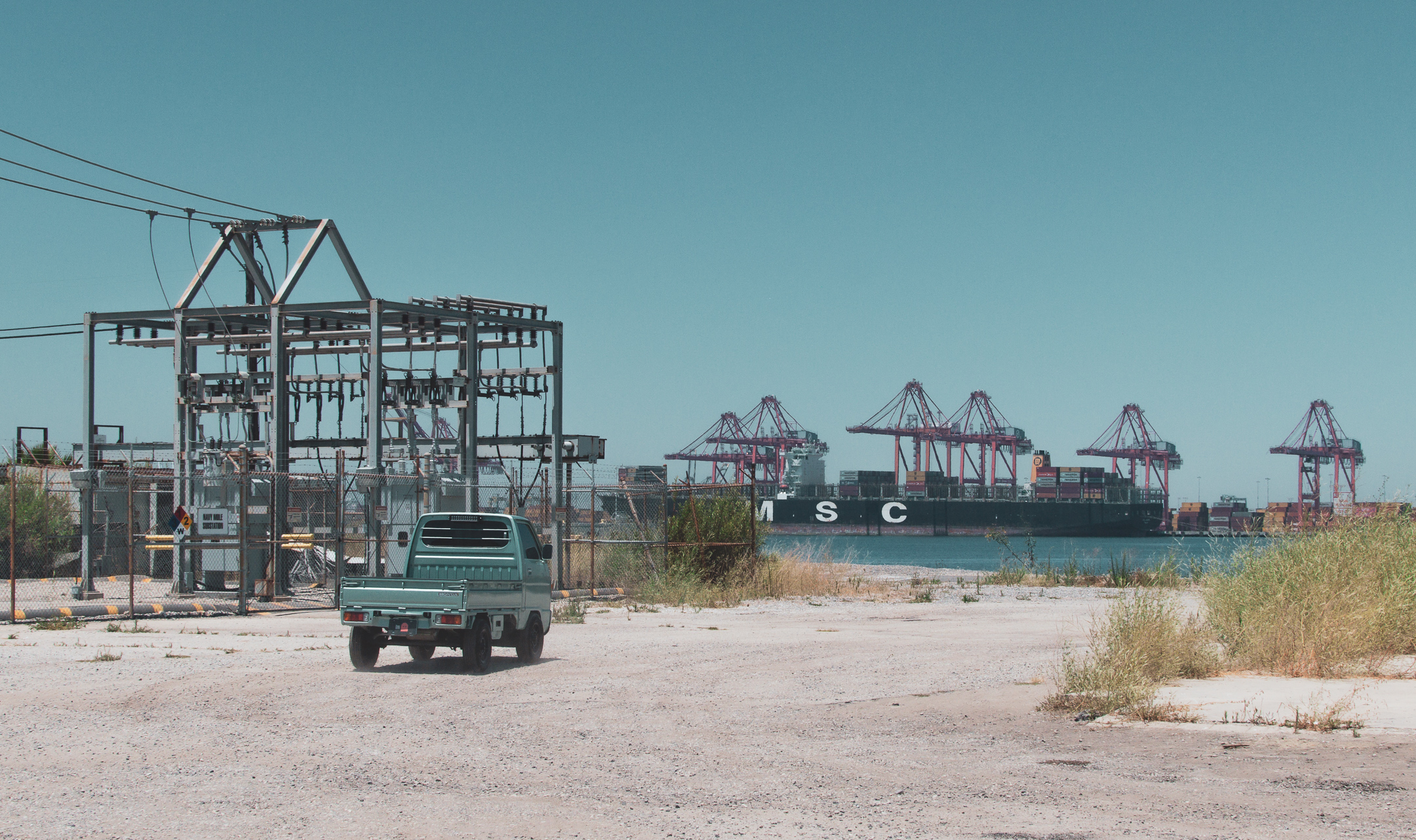
The Evolution of the Daihatsu Hijet: A Look Back at Oiwa Garage
The Daihatsu Hijet has come a long way since its introduction in the 1960s. Known for its versatility and reliability, the Hijet has adapted to changing consumer needs and trends over the decades. At Oiwa Garage, we’ve witnessed this remarkable evolution firsthand. Let’s take a closer look at the key milestones in the Hijet’s journey.
1. Early Days: A Practical Solution (1960s)
The Daihatsu Hijet made its debut in 1960 as a compact commercial vehicle. Designed for small businesses, its lightweight construction and efficient engine provided an ideal solution for urban deliveries. Its straightforward design and practicality quickly made it a favorite among tradespeople.
2. Expanding the Lineup (1970s)
As demand grew, Daihatsu expanded the Hijet lineup to include various body styles, including the van and pickup versions. This adaptability allowed it to cater to a wider audience, from small business owners to families seeking a reliable vehicle. The 1970s marked the beginning of the Hijet’s reputation for versatility.
3. The Modern Era: Comfort and Style (1980s-1990s)
With the introduction of more modern designs and features, the Hijet began to appeal to a broader demographic. The 1980s saw upgrades in comfort, safety, and aesthetics. Air conditioning, better seating, and improved handling made it a practical choice for both work and family use. The Hijet was no longer just a utilitarian vehicle; it began to reflect contemporary needs and lifestyles.
4. Embracing Technology (2000s)
The early 2000s brought technological advancements, with features like digital displays and enhanced safety systems becoming standard. The Hijet also started to embrace eco-friendly options, with improved fuel efficiency and lower emissions appealing to environmentally conscious drivers. This period marked a shift toward combining utility with modern technological conveniences.
5. A New Generation of Adventure (2010s)
As outdoor and adventure activities gained popularity, the Hijet began to be seen as a versatile weekend vehicle. Its compact size made it perfect for camping trips and recreational outings. Customization options expanded, with enthusiasts modifying their Hijets for off-road capabilities and personal flair. This transformation solidified the Hijet’s status as a vehicle for both work and play.
6. The Rise of Electric Models (2020s)
Today, the Hijet continues to evolve, with electric versions emerging to meet the growing demand for sustainable transportation. These new models promise the same reliability and utility, but with an eco-friendly twist. The focus on sustainability is reshaping the future of the Hijet, ensuring it remains relevant in a changing automotive landscape.
Conclusion
The evolution of the Daihatsu Hijet is a testament to its adaptability and enduring appeal. From a simple workhorse to a modern multifunctional vehicle, the Hijet has successfully navigated the changing demands of consumers over the decades. At Oiwa Garage, we’re proud to be part of the Hijet’s journey, helping owners maintain and customize their vehicles to fit their unique lifestyles. As the Hijet continues to evolve, we look forward to supporting both new and long-time fans in their adventures ahead!





Leave Your Comment